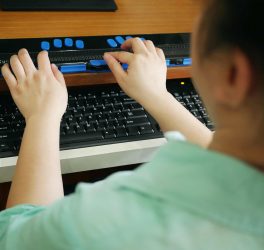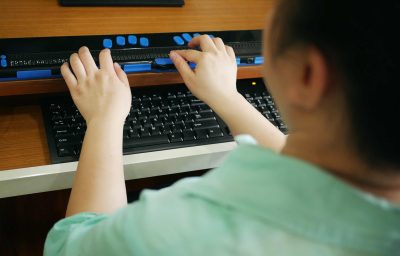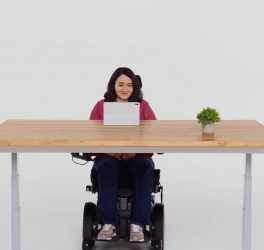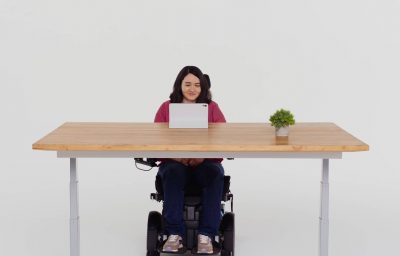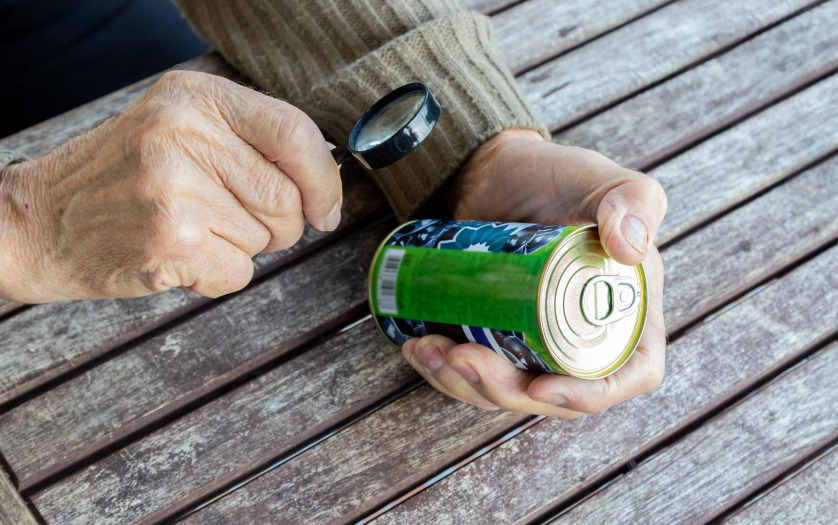
MEP Laura Ferrara from the Five Star Movement said she will write a letter to Commissioner for equality, Helena Dalli, to make the inclusion of people who are blind or have low vision one of the priorities of her mandate, Euroactiv reports.
The European Commission is expected to publish a proposal for an EU-wide labelling system as part of the EU’s new food policy, the Farm-to-Fork Strategy (F2F). The new strategy, expected in March, aims among other things to provide consumers with better information on nutritional and environmental aspects of the food products they buy.
But the political debate at the moment is entirely focused on the proposal for a nutritional labelling system, or Nutri-score, said Ferrara, who wants to raise other issues in the debate. “We want to defend all consumers by proposing the use of Braille language and modern technologies capable of implementing an audio-narrating label for food products,” she said.
Ferrara is in touch with the Italian Union of Blind and Visually Impaired peopled and the Research Centre for Olive, Fruit and Citrus Growing (CREA), which are testing the use of Braille on certain foodstuffs to make nutritional information accessible to blind consumers. “These people have the right, like everyone else, to choose what they consume consciously, and the European Union must guarantee this right,” Ferrara said, adding that the project currently being tested in Italy may also involve other member states.
There are over 30 million blind and partially sighted people in Europe, while an average of 1 in 30 European citizens experiences sight loss, according to the association Europe Blind Union (EBU).
Devices that could allow people who are blind to access information on food labels have been studied since the early 1990s. The most used nowadays include audio, Braille or tactile labels, but there are other alternatives like permanent places for products on shopping shelves and new scanners that enable automatic reading of labels.



